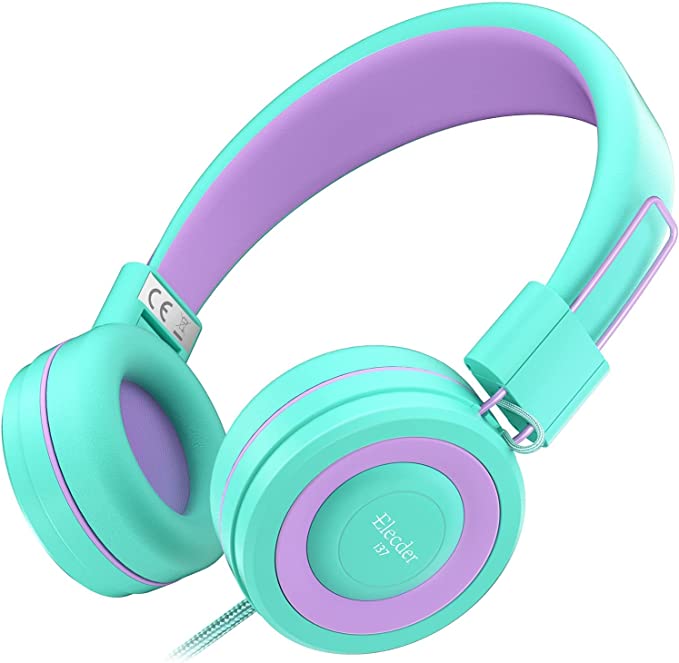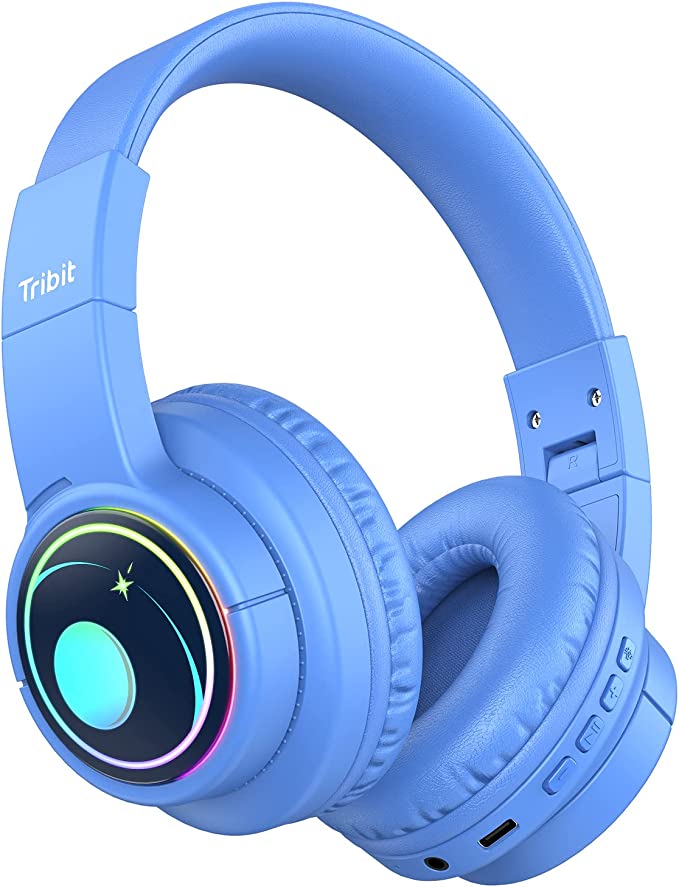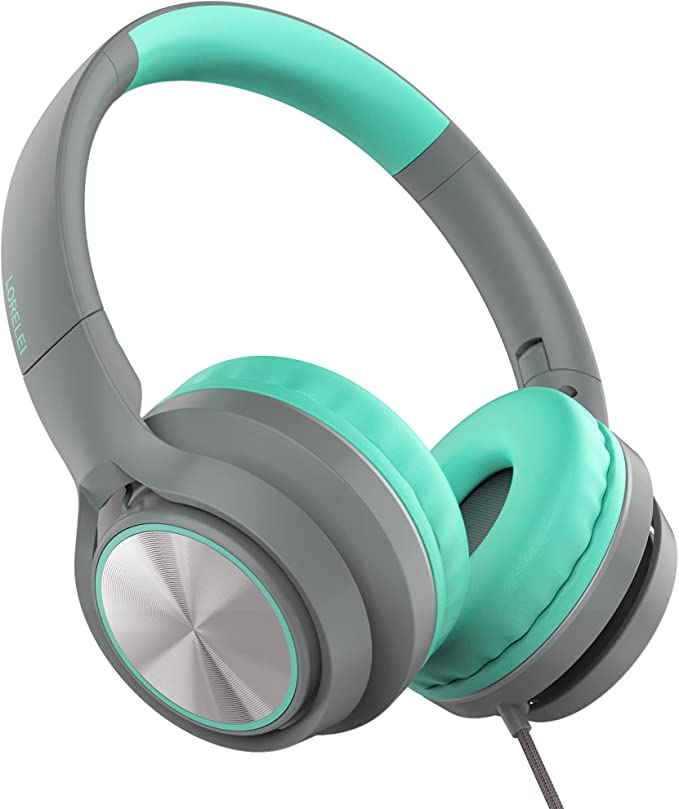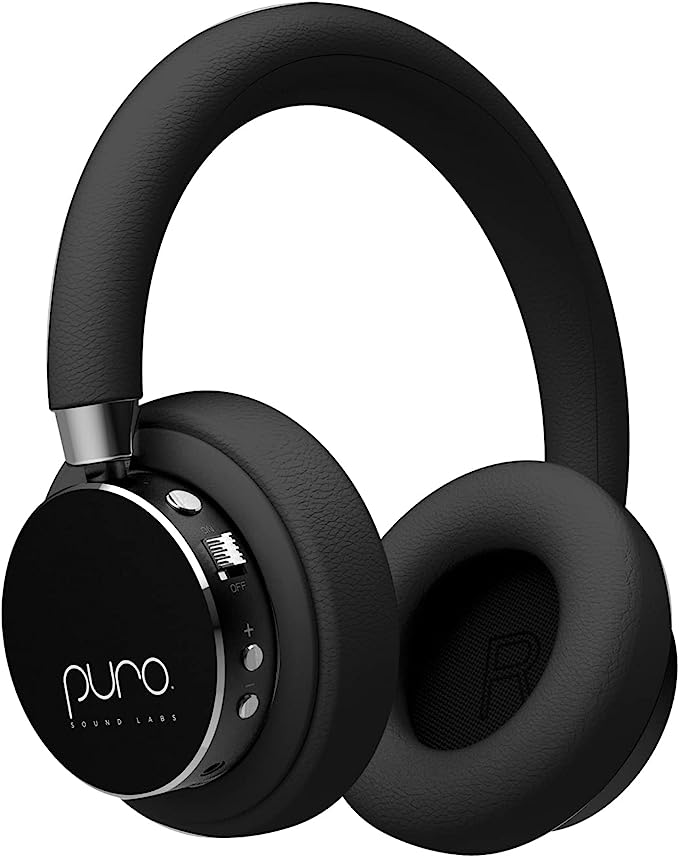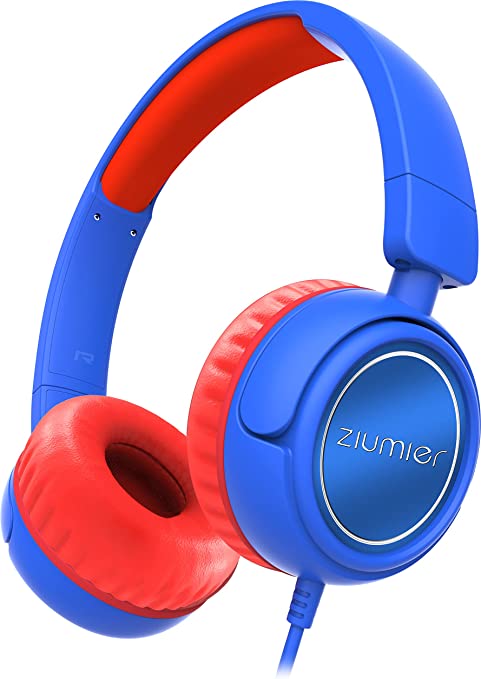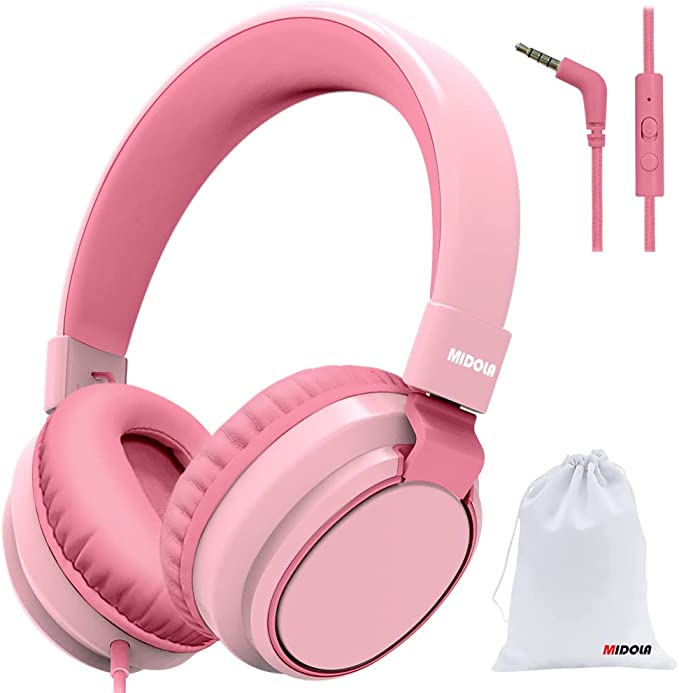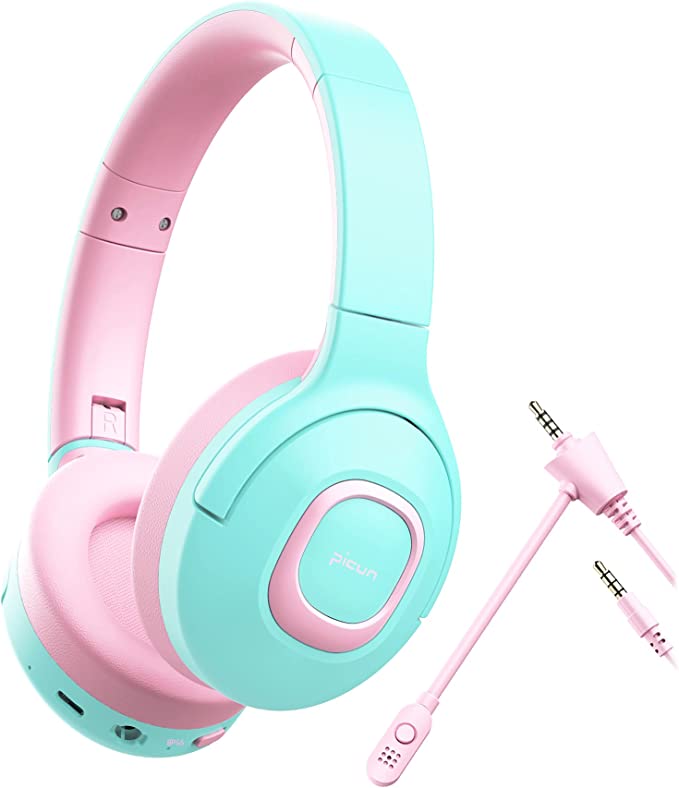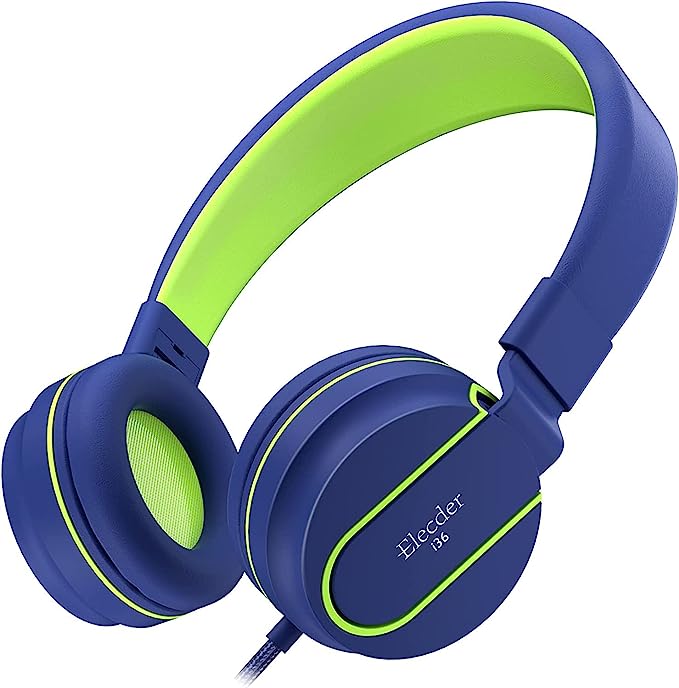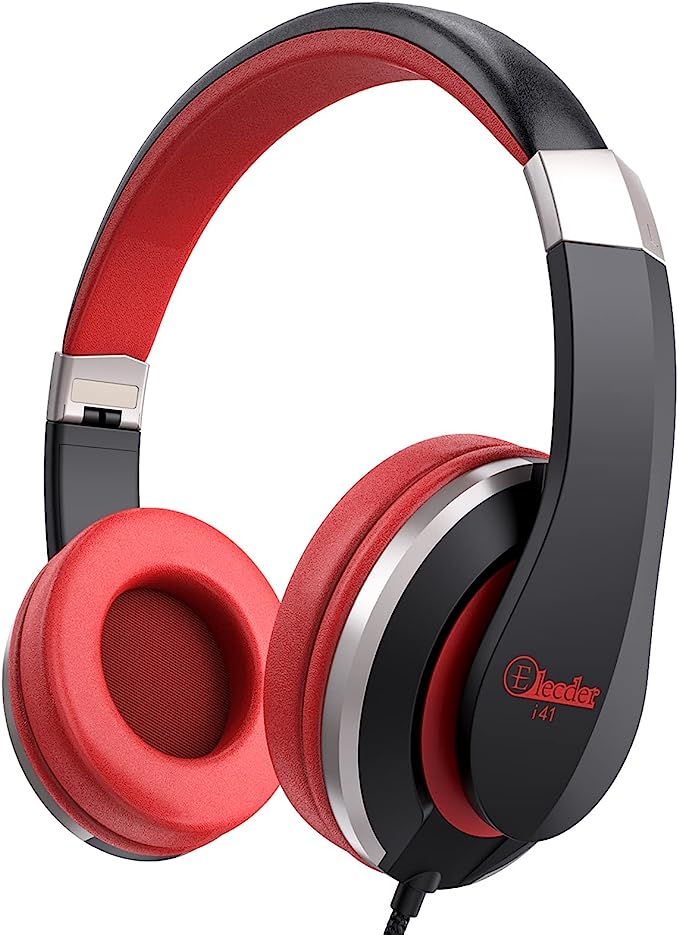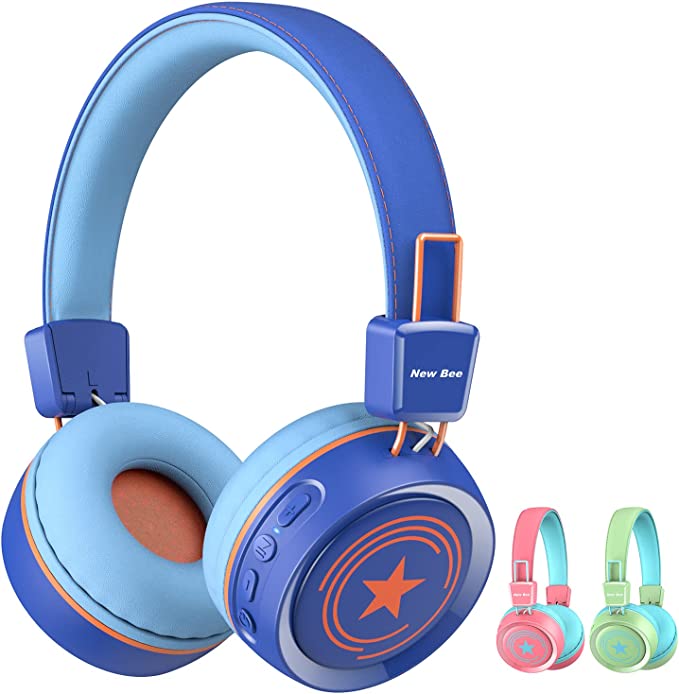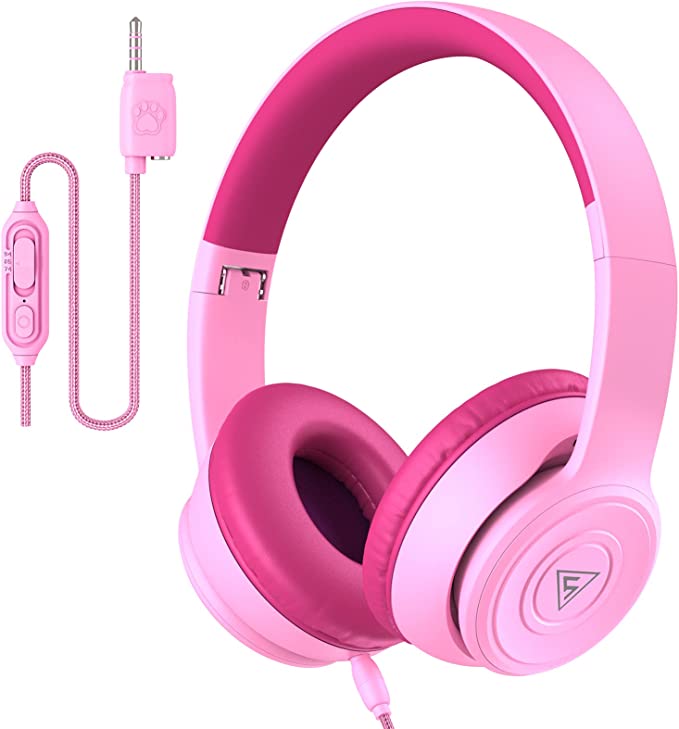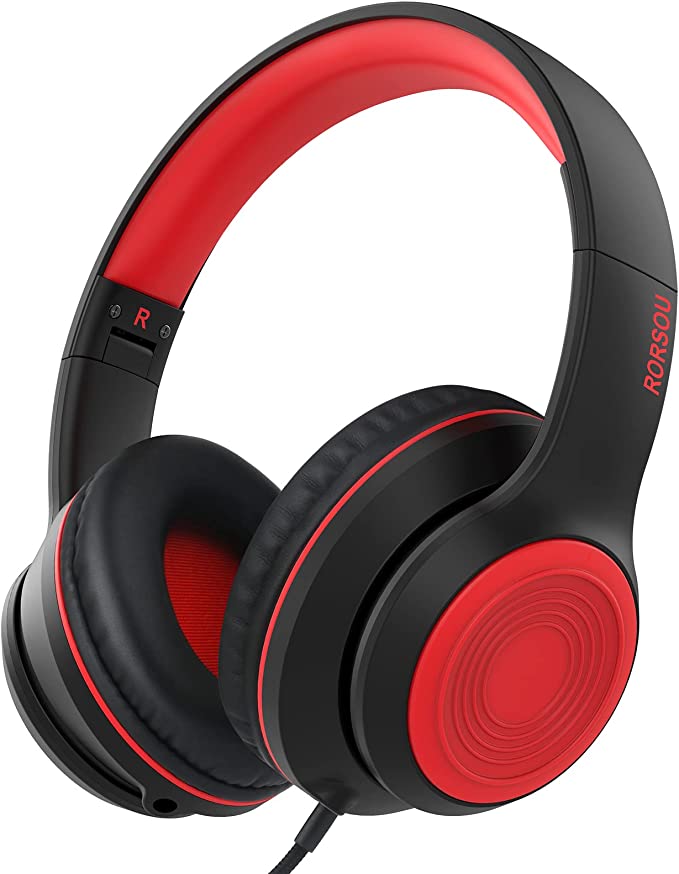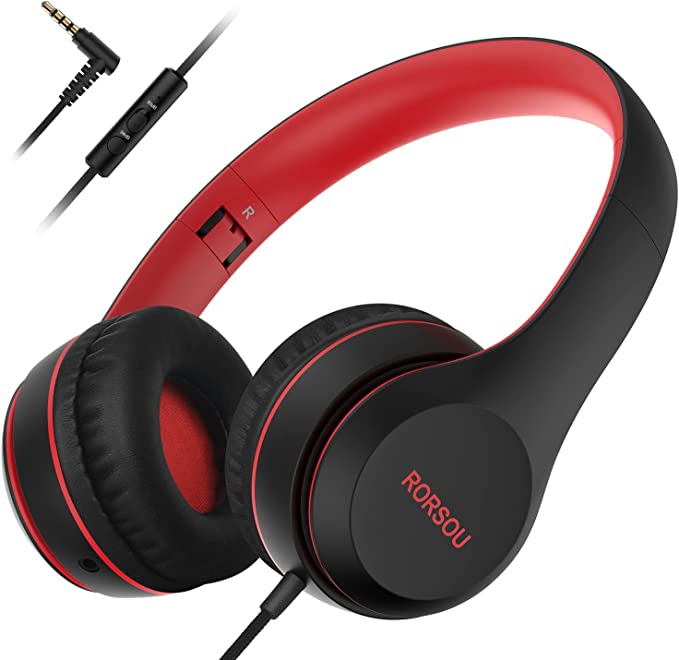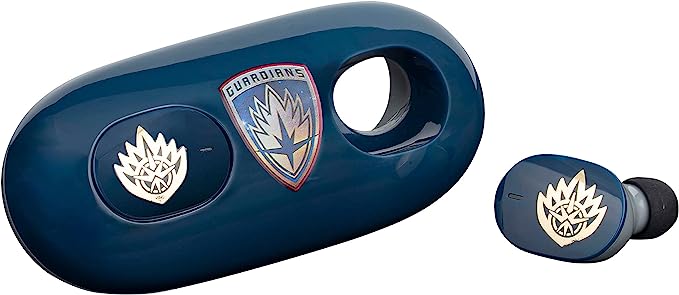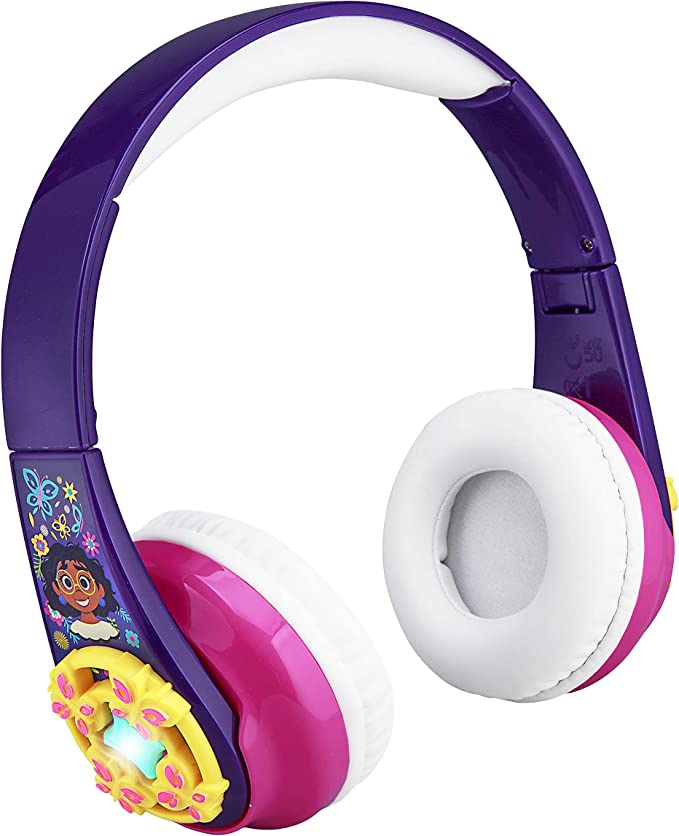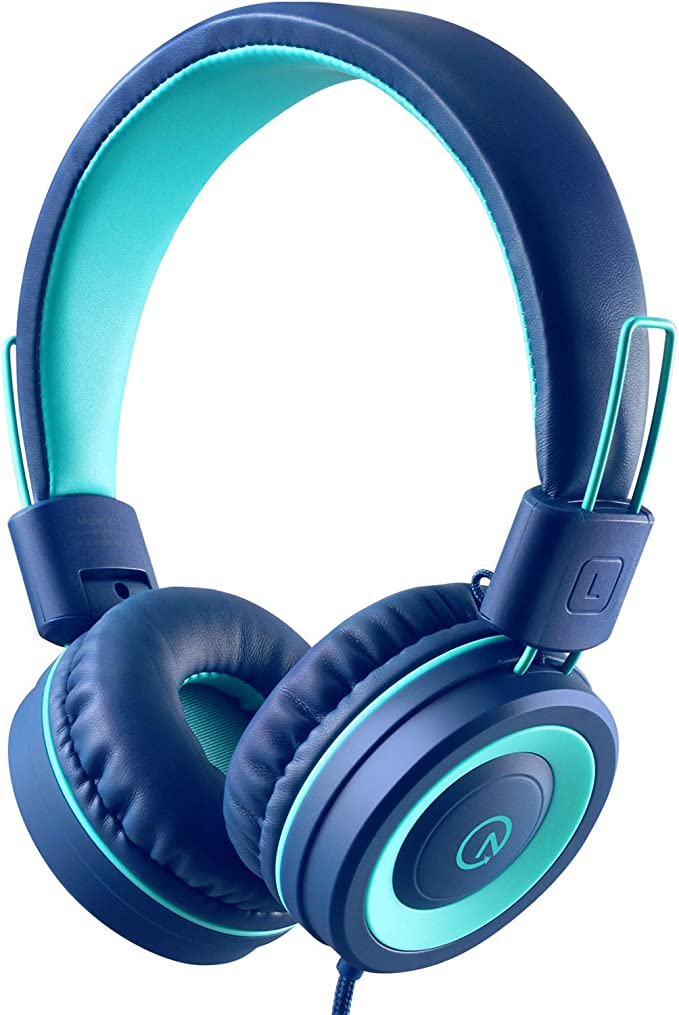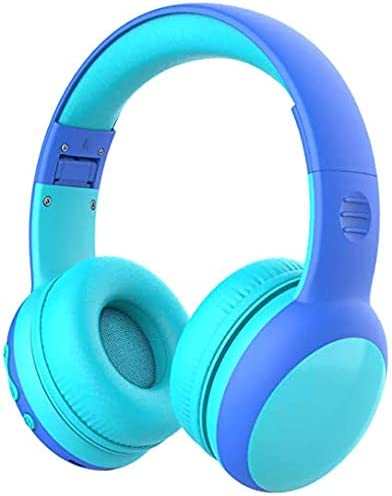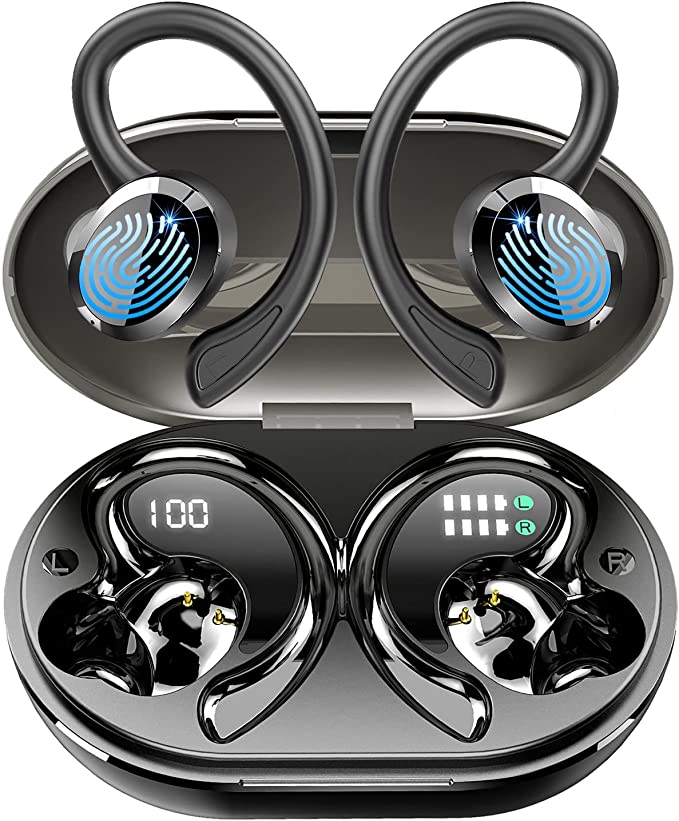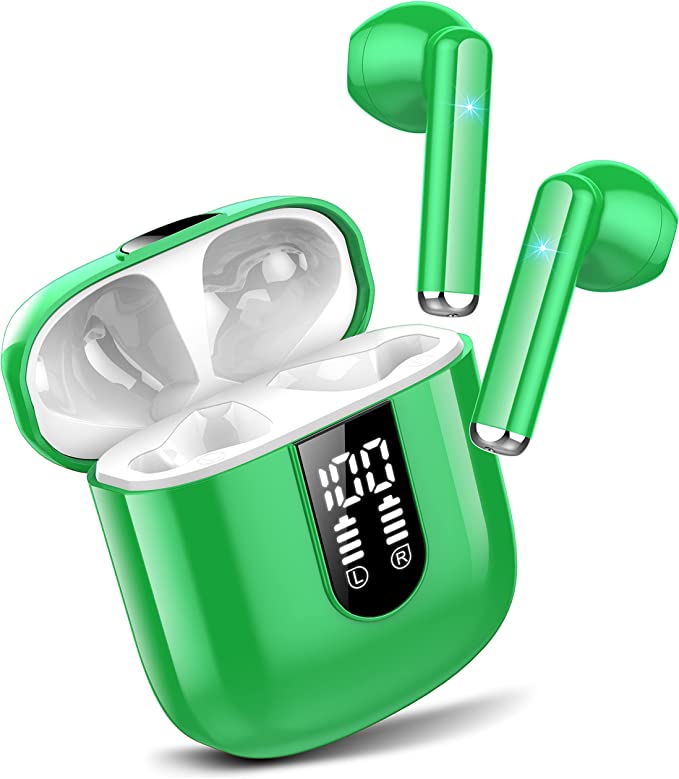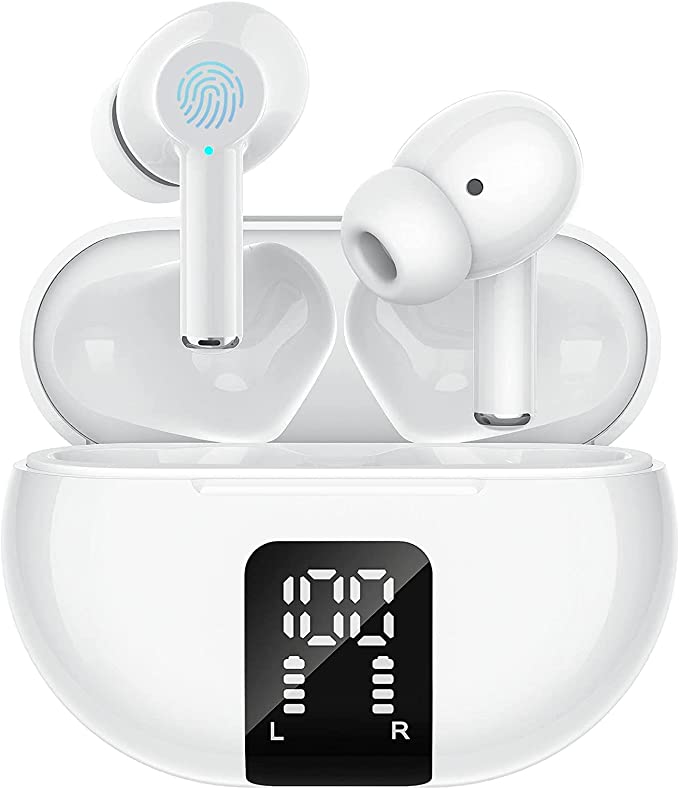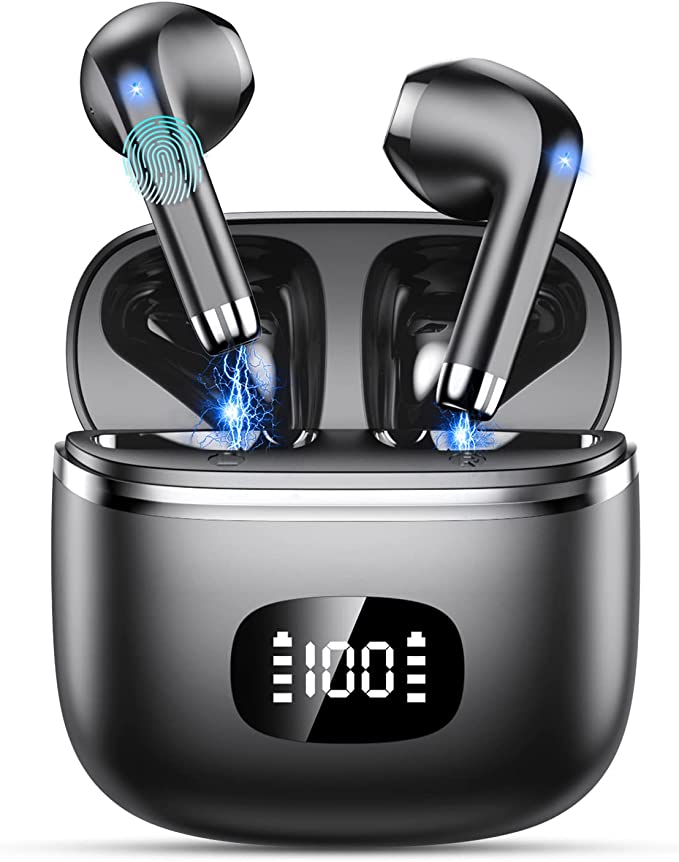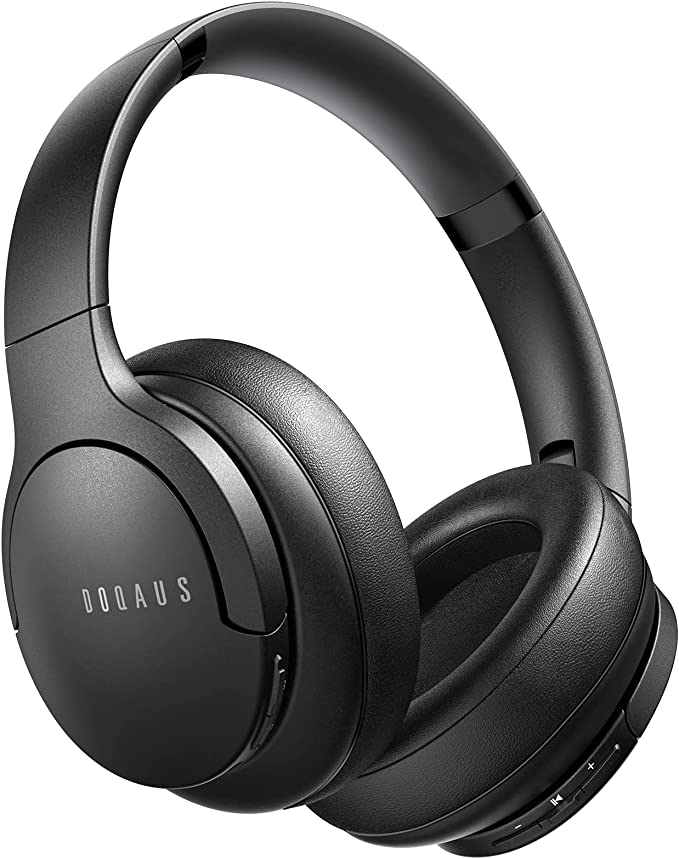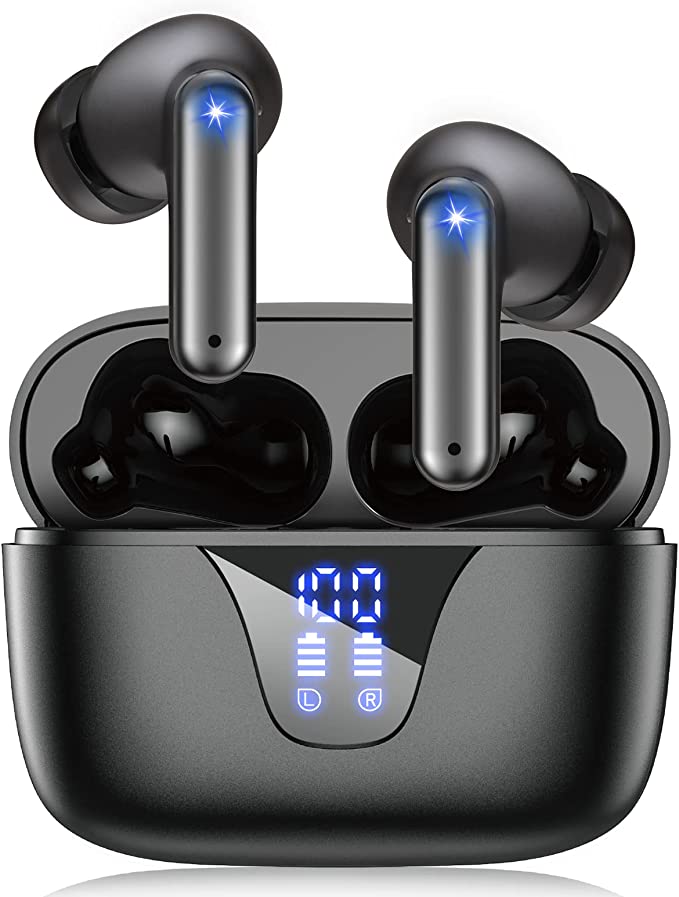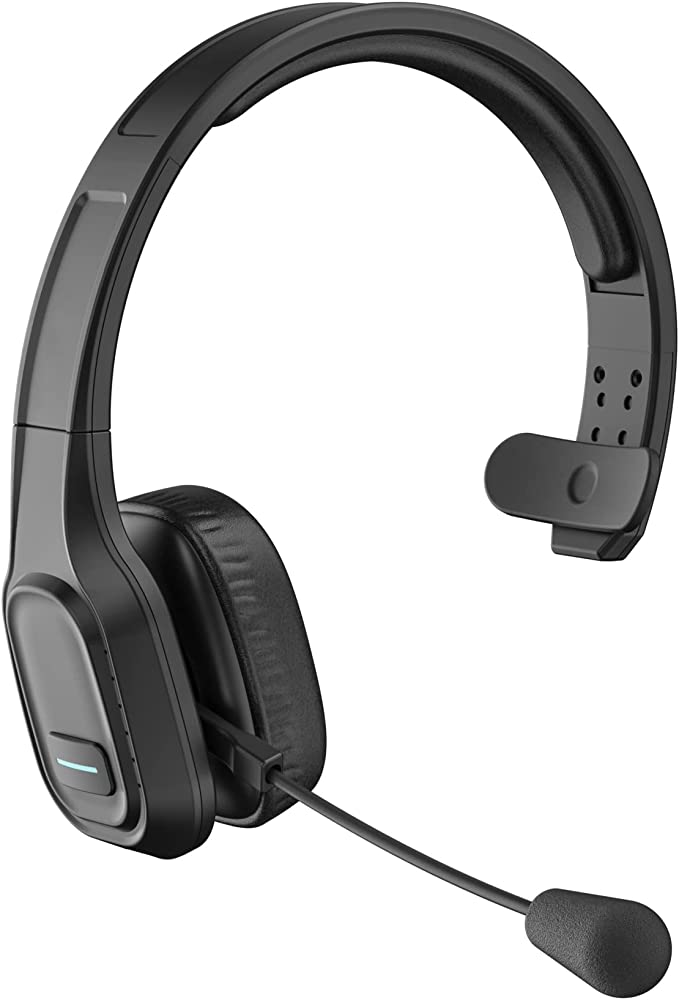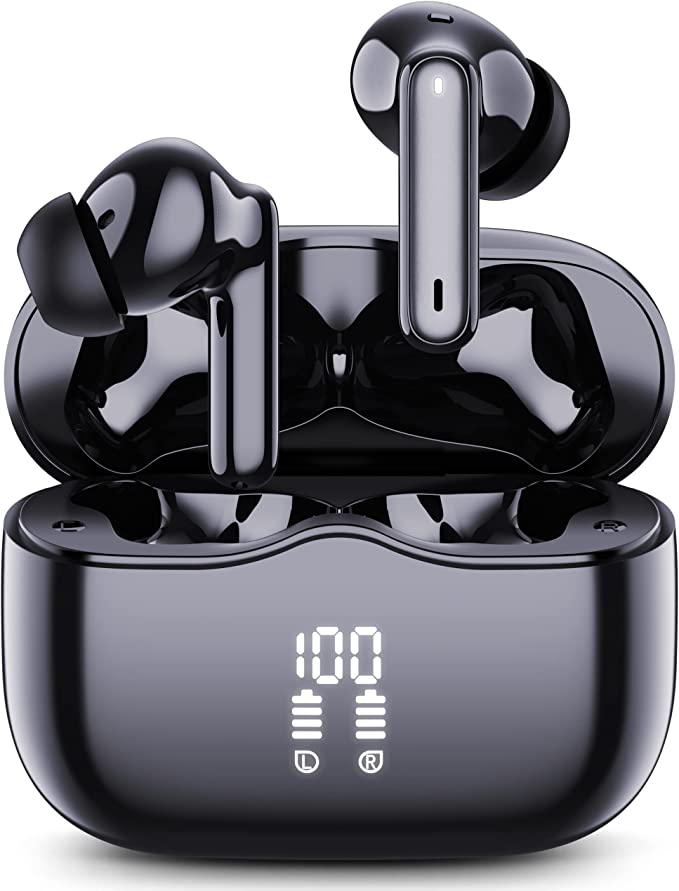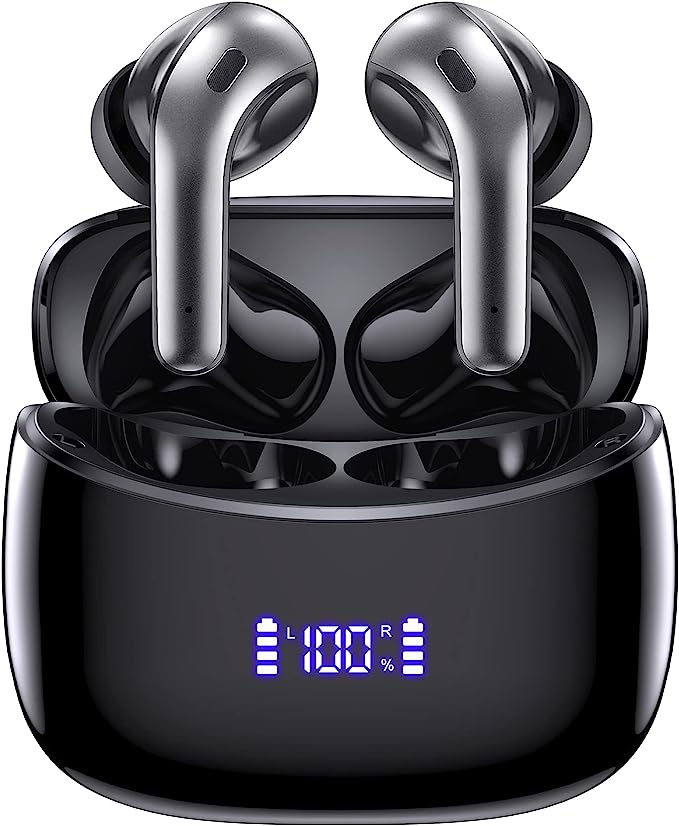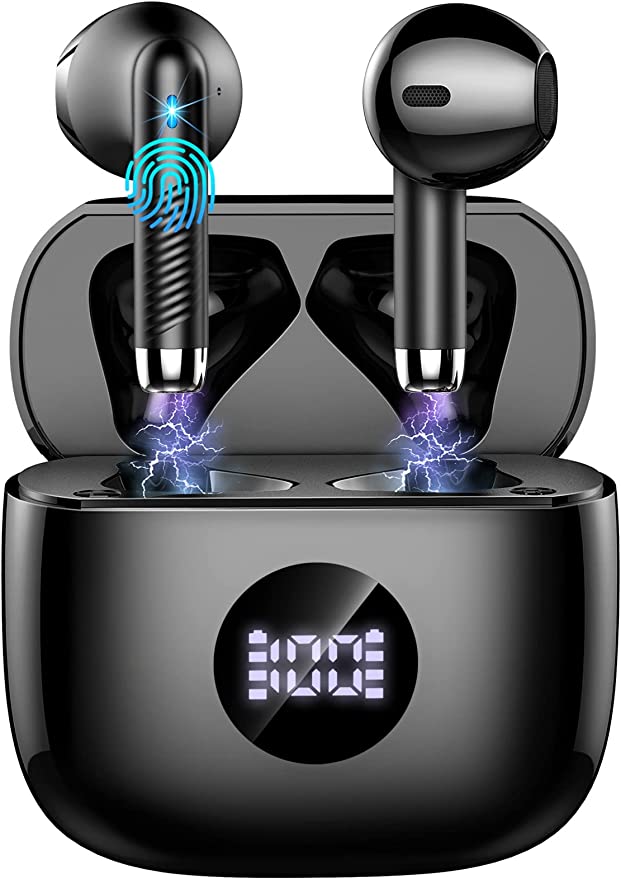Tribit Starlet 01 Kids Headphones: Protecting Little Ears with Safe Sound Tech
Update on Feb. 21, 2025, 4:22 p.m.
Imagine eight-year-old Lily, completely absorbed in her favorite cartoon, headphones on, volume way up. She’s giggling at the silly antics on screen, oblivious to the potential danger those seemingly harmless sounds pose to her delicate hearing. Lily’s story, unfortunately, isn’t unique. Millions of children worldwide are at risk of noise-induced hearing loss (NIHL) due to prolonged exposure to loud sounds, often from headphones and earbuds. It’s a silent epidemic because the damage happens gradually, often unnoticed until it’s irreversible. But what exactly is hearing loss, and how can something as enjoyable as listening to music or watching a video cause so much harm?
The Whispers of Sound: How We Hear (and How We Lose It)
Our ability to hear is a marvel of biological engineering. Sound, simply put, is vibration. These vibrations travel through the air and are funneled into our ear canal by the outer ear. They then hit the eardrum, a thin membrane that vibrates like the head of a drum. These vibrations are amplified by three tiny bones in the middle ear – the smallest bones in the human body! – and transmitted to the inner ear, a snail-shaped structure called the cochlea.
Inside the cochlea are thousands of tiny hair cells, called stereocilia, bathed in fluid. These aren’t hairs like the ones on your head; they’re microscopic, sensitive receptors. As the vibrations reach the cochlea, the fluid moves, causing the stereocilia to sway. This movement triggers an electrical signal that travels along the auditory nerve to the brain, where it’s interpreted as sound. Different hair cells respond to different frequencies, allowing us to distinguish between high-pitched whistles and low-pitched rumbles.
The problem is, these delicate hair cells are easily damaged by loud noises. Think of it like a field of wheat. A gentle breeze will cause the wheat to sway, but a strong gale can flatten it completely. Similarly, excessively loud sounds can overstimulate and damage or even destroy the stereocilia. And unlike a wheat field, these hair cells don’t grow back. Once they’re gone, the ability to hear certain frequencies is lost forever.

Louder Isn’t Always Better: Understanding Decibels and Safe Listening
The loudness of a sound is measured in decibels (dB). The decibel scale is logarithmic, which means that a small increase in dB represents a significant increase in sound intensity. For example, a sound at 70 dB is ten times more intense than a sound at 60 dB. A normal conversation is around 60 dB, while a lawnmower might be around 90 dB. A rock concert can reach 110 dB or higher.
The Centers for Disease Control and Prevention (CDC) and the World Health Organization (WHO) recommend that children’s exposure to noise be limited to 85 dBA over an eight-hour period. Prolonged or repeated exposure to sounds at or above 85 dBA can lead to NIHL. Even short bursts of very loud sounds (like a firecracker at 150 dB) can cause immediate and permanent damage.
It’s crucial to realize that the duration of exposure is just as important as the loudness. Listening to music at 85 dB for eight hours is as damaging as listening to music at 100 dB for just 15 minutes.

Tribit Starlet 01: Smart Sound, Safe Listening
This is where the Tribit Starlet 01 Kids Headphones come in. These headphones aren’t just about cute colors and fun designs; they’re built with a crucial safety feature: volume limiting technology. The Starlet 01 offers two distinct listening modes: 85dBA and 94dBA.
The 85dBA mode is the default setting, ideal for quieter environments like homes, libraries, or classrooms. In this mode, the headphones restrict the maximum volume to 85 dBA, ensuring that even if a child accidentally turns the volume all the way up, the sound level will remain within the safe range recommended by health organizations.
The 94dBA mode is designed for noisier environments, such as airplanes, cars, or busy public spaces. While 94 dBA is louder, it’s still considered safe for shorter periods. Think of it as providing a little extra volume to overcome background noise, but with a built-in reminder to be mindful of listening time. The ability to switch between these modes gives parents and children the flexibility to adapt to different situations without compromising hearing safety. It is, however, important to teach and reinforce to children to limit time in louder environments even using the 94dBA setting.

Beyond Volume Limiting: A Symphony of Sound
The Tribit Starlet 01 doesn’t sacrifice sound quality for safety. These headphones are engineered to deliver a rich, clear, and balanced audio experience. This is achieved through the use of high-performance 40mm dynamic drivers and NdFeB magnets.
Let’s break that down:
-
40mm Dynamic Drivers: The “driver” is the part of the headphone that actually produces the sound. A larger driver, like the 40mm one in the Starlet 01, can generally move more air, resulting in a more powerful and fuller sound, especially in the bass frequencies.
-
NdFeB Magnets: NdFeB stands for Neodymium-Iron-Boron. These are incredibly strong permanent magnets. In a headphone driver, the magnet interacts with an electrical coil (the voice coil) to create movement, which in turn vibrates the diaphragm (a thin, flexible membrane) to produce sound waves. Stronger magnets, like NdFeB, allow for more precise control of the diaphragm’s movement, leading to faster response times, lower distortion, and a more accurate reproduction of the original audio signal.
The combination of these components, along with a carefully designed acoustic chamber, results in a frequency response that extends up to 20kHz. This means the headphones can reproduce a wide range of sounds, from deep bass notes to high-pitched treble, providing a detailed and enjoyable listening experience.

Comfort and Durability: Built for Kids, Built to Last
Kids are active, and their headphones need to keep up. The Tribit Starlet 01 is designed with both comfort and durability in mind. The over-ear design features soft, breathable earcups that are gentle on little ears, even during extended use. The adjustable headband ensures a snug but comfortable fit for a wide range of head sizes.
The headphones are also built to withstand the rigors of childhood. The materials are RoHS certified, meaning they are free of harmful substances like lead, mercury, and cadmium, ensuring they are safe for children. The headband is reinforced with a steel needle, and the overall construction is designed to resist twisting, bending, and pulling, making them significantly more durable than many standard headphones.
Sharing the Joy of Sound: The SharePair Feature
The Starlet 01 includes a thoughtful feature called SharePair. This allows multiple headphones to be connected to a single audio source. Imagine siblings sharing a movie on a tablet during a long car ride, or friends listening to the same music during a playdate. SharePair eliminates the need for splitters or uncomfortable earbud sharing, making it easy for kids to enjoy audio together. It’s a simple yet effective way to promote social interaction and shared experiences.

Conclusion: Investing in Your Child’s Hearing Future
Choosing the right headphones for your child is an investment in their long-term hearing health. The Tribit Starlet 01 Kids Headphones offer a compelling combination of safety, sound quality, comfort, and durability. By prioritizing hearing protection without sacrificing the enjoyment of music, audiobooks, and online learning, the Starlet 01 empowers children to experience the world of sound safely and responsibly. Remember, hearing loss is preventable, and taking proactive steps now can make all the difference in your child’s future. Encourage breaks from headphone use, regular hearing check-ups, and open conversations about safe listening habits. The world is full of beautiful sounds; let’s help our children hear them clearly for years to come.


